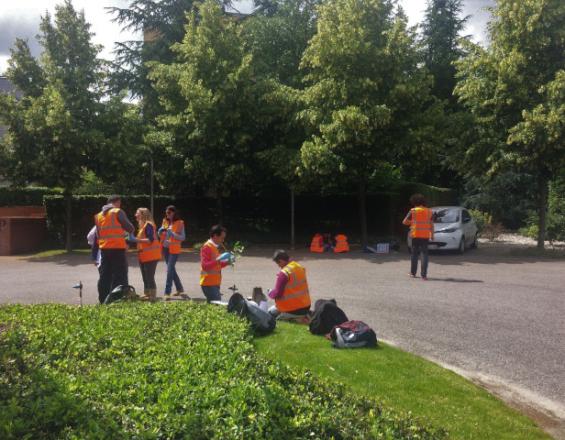
Measuring the effects of trees on heat mitigation in Northern France

The Urban Heat Island effect (UHI) is the phenomenon whereby the built environment experiences significantly warmer temperatures than its rural hinterland. This is due to a high density of impermeable, dark surfaces and increased energy consumption for cooling, transport and related infrastructure. The effect significantly impacts the sustainability and quality of life in metropolitan areas. Incorporating trees into urban landscape design is a Nature-based Solution (NbS) that can help mitigate the UHI effect as trees cool their surroundings via evapotranspiration and shading. In Northern France, sensitive grey globe temperature sensors assessed extremely fine-scale warming patterns. Researchers compared temperatures in the immediate vicinity of trees to those in the proximity of building walls and asphalt. Meanwhile, citizen scientists took infrared pictures of microclimates around trees, observing the differential effects of grey and green infrastructure.
Impacts
Over 48,000 measurements were taken over 2 years with a maximum difference, recorded at midday, of 11.5° C between sensors located under urban trees and those next to a south-facing building wall. This clearly demonstrates the benefits of urban trees in alleviating the UHI effect in temperate climates. The data and experience gained during this project have been used to help refine models that map high-resolution thermal comfort zones.
The results of this study have been communicated to multiple local authorities through workshops and presentations to educate and advise planning officials and landscape engineers in the value of incorporating green infrastructure, such as trees, in future housing developments. Importantly, this research can help to direct tree planting in an orientation that optimises the efficacy of cooling in the most cost-efficient manner. The dedication and enthusiasm of the researchers and citizen scientists alike have provided a firm scientific basis that can provide the foundations for collaborative discussions across the sector with the aim of implementing more suitable, sustainable and liveable urban solutions.




